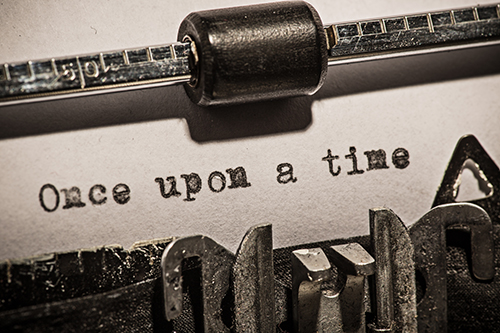Table of Contents
DISCOVERING VOICE
In writing, voice is more than the thing you use to talk, sing, and yell – it’s a unique expression of personality, the creative quirk that gives color and pizzazz to language.
The difference between the almost right word and the right word is really a large matter – ‘tis the difference between the lightning-bug and the lightning. (Mark Twain)
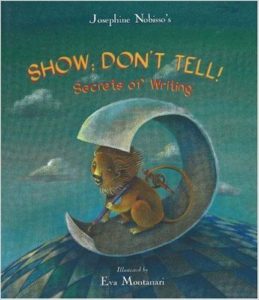
|
Josephine Nobisso’s Show; Don’t Tell! (Gingerbread House, 2004), illustrated with wonderful blocky folk-art-ish animals by Eva Montanari, features a writing lion who demonstrates how to choose just the right nouns and adjectives to best communicate a story. For ages 8-11. |
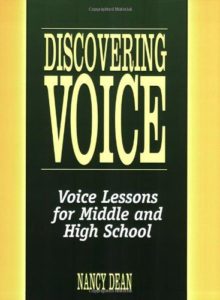
|
Nancy Dean’s Discovering Voice (Maupin House, 2006) a collection of creative writing lessons aimed at analyzing and developing a writer’s voice, using as examples excerpts from the works of published authors, paired with discussion questions, activities, and writing projects. Topics covered include diction, detail, figurative language, imagery, syntax, and tone. An exercise on diction, for example, begins with a quote from Virginia Hamilton’s M.C. Higgins the Great: “M.C. heard him scramble and strain his way up the slope of Sarah’s mountain.” Visualize it, Dean says. “How would it change your mental picture if Hamilton had written: ‘M.C. heard him walk up the slope of Sarah’s mountain’?” An excellent and thought-provoking resource for ages 12 and up. |
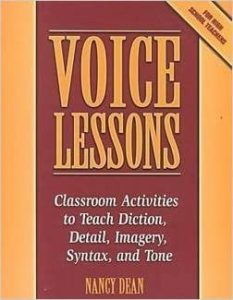
|
Also by Nancy Dean, see Voice Lessons: Classroom Activities to Teach Diction, Detail, Imagery, Syntax, and Tone (Maupin House, 2000), using examples from a wide range of well-known writers, among them Barbara Kingsolver, E.B. White, Annie Proulx, Seamus Heaney, John Steinbeck, William F. Buckley, Elie Wiesel, and Langston Hughes. For high-school-level students. |
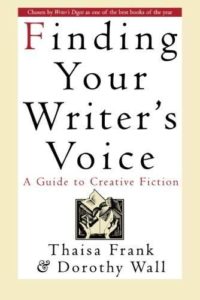
|
By Thaisa Frank and Dorothy Wall, Finding Your Writer’s Voice: A Guide to Creative Fiction (St. Martin’s Griffin, 1996) explains that voice is what differentiates one writer from all the others in the world. The book discusses “raw” voice, narrative voice, and varying characters’ voices, with writing exercises and many examples from published authors. For teens and adults. |
| Characters need distinctive voices too. From Wordplay, How to Create Distinctive Character Voices has a handful of exercises for experimenting with character voice. (What would J.K. Rowling’s Professor Snape say about his first glimpse of Disneyland?) | |
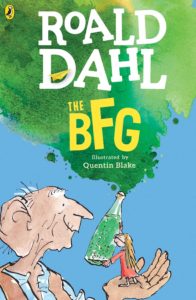
|
Need a good example of character voice? One of my favorites is that of the Big Friendly Giant of Roald Dahl’s The BFG (Puffin, 2007), who – once heard – can never possibly be mistaken for anyone else: “By ringo, your head must be so full of frogsquinkers and buzzwangles, I is frittered if I know how you can think at all!” (Now there’s a voice.) For ages 7 and up. |
